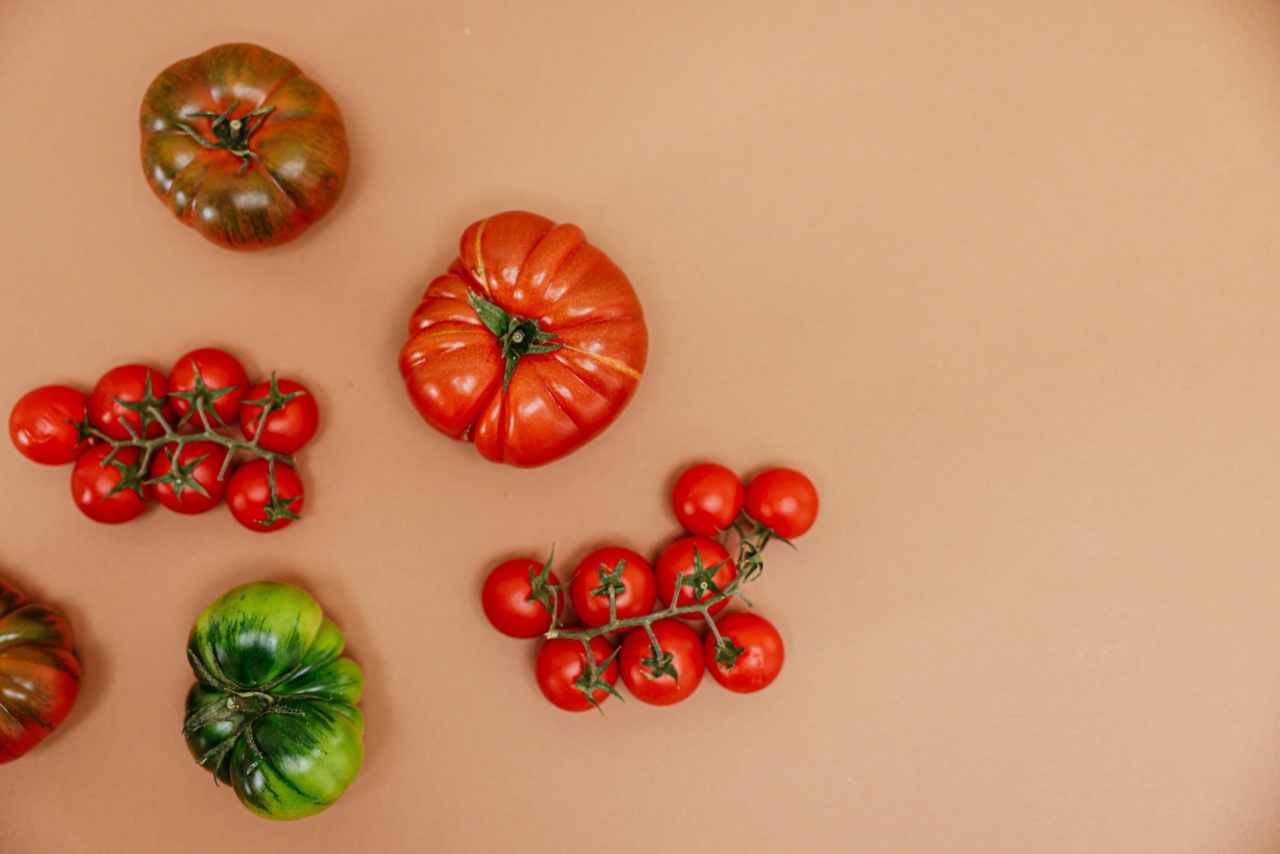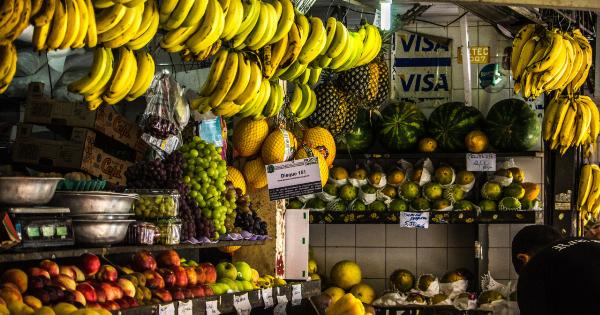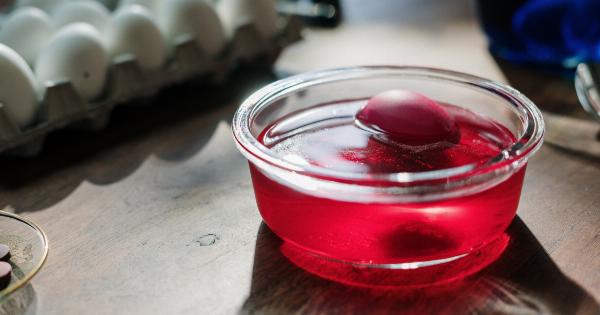Tomatoes are one of the most widely used fruits in the world, loved for their juicy and fresh flavor. They are often used in salads, sauces, sandwiches, and a wide range of other dishes.
But many people make a common mistake when it comes to storing tomatoes, which can affect their taste and quality greatly. In this article, we will explore why storing tomatoes in the fridge is a big mistake.
What Happens to Tomatoes in the Fridge
When tomatoes are kept in the fridge, the cold temperature affects their internal structure and leads to various changes that alter their taste and texture.
One of the most noticeable changes is the loss of flavor, as the cold temperature diminishes the smell and taste of tomatoes. The cold temperature also breaks down the cell walls of tomatoes, which causes them to become mushy and lose their firmness. Additionally, the moisture in the fridge can cause the tomatoes to become mealy or even moldy over time.
The Ideal Temperature for Tomatoes
The ideal temperature for storing tomatoes is between 55 to 70 degrees Fahrenheit. This is the temperature range that allows the tomatoes to ripen naturally and retain their flavor and texture.
At this temperature, the enzymes in the tomatoes break down the starches, which results in the production of sugar, and ultimately, the delicious flavor that we all love. However, when tomatoes are exposed to temperatures below 55 degrees Fahrenheit, the natural ripening process is halted, and the flavor and texture are compromised.
Why People Think that the Fridge is the Best Option
Many people believe that storing tomatoes in the fridge is the best option because it can extend the shelf life of the fruit. While this is true, it comes at a cost – the loss of flavor and texture.
Tomatoes are meant to be eaten fresh, and while they can last for a few days in the fridge, the best way to enjoy them is when they are ripened naturally and consumed within a few days of picking.
Alternative Ways to Store Tomatoes
There are several alternative ways to store tomatoes that can help them last longer while maintaining their flavor and texture. One of the best ways is to store them at room temperature in a cool, dry place away from direct sunlight.
You can also place them in a brown paper bag with a banana or apple, which will help them ripen faster and last longer. Another option is to place them in a basket or a rack, which will prevent them from getting bruised or squished.
When to Use the Fridge
While storing tomatoes in the fridge is generally not recommended, there are a few instances where it is acceptable. For example, if the tomatoes are already cut or sliced, storing them in the fridge can prevent them from spoiling quickly.
Similarly, if you have an abundance of tomatoes and cannot consume them all within a few days, storing them in the fridge can help you keep them fresh for a bit longer.
The Benefits of Not Storing Tomatoes in the Fridge
Not storing tomatoes in the fridge has several benefits. The first and most obvious benefit is the preservation of flavor and texture.
When tomatoes are not subjected to cold temperatures, they are able to ripen naturally and develop their full flavor and aroma. The second benefit is the preservation of nutrients, including vitamins A, C, and K, as well as lycopene, a powerful antioxidant that has been linked to a reduced risk of cancer and heart disease.
Finally, allowing tomatoes to ripen naturally and eating them at their peak freshness is a healthier and more satisfying way to enjoy them.
Conclusion
Storing tomatoes in the fridge is a big mistake that can affect their flavor, texture, and nutritional value.
While it may seem like a good idea to extend their shelf life, the best way to enjoy tomatoes is when they are ripened naturally at room temperature. By following the tips outlined in this article, you can keep your tomatoes fresh and delicious for longer without sacrificing their quality.





























